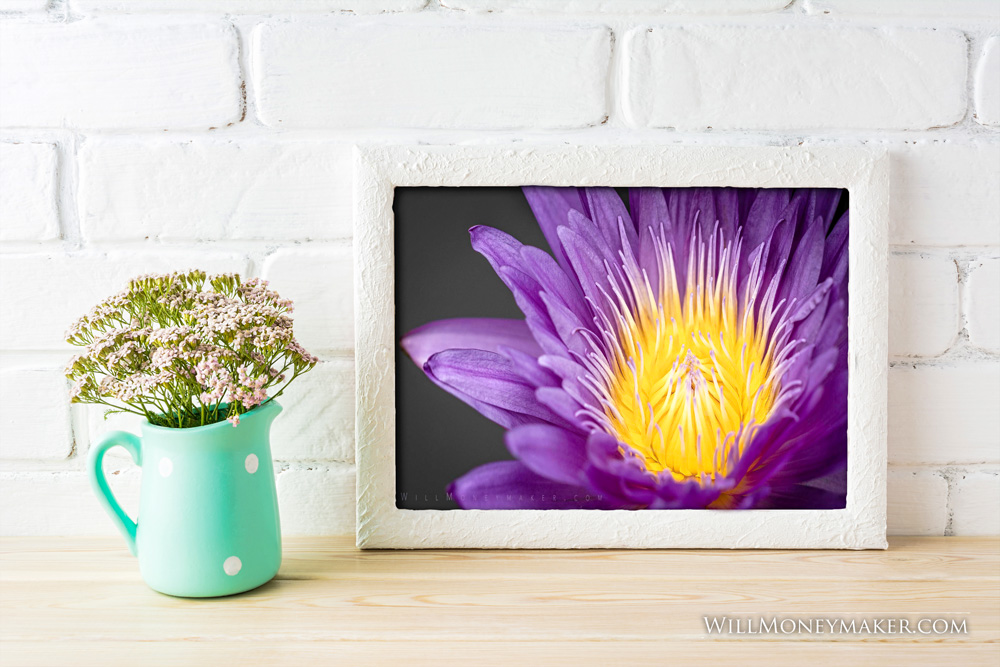I’ve admitted to a few pet peeves with social media over time, but if there’s one that really gets to me, it’s the “like” button so prominent on most social sites. The like button is deceptive in a way, especially where photography is concerned. What does it mean? Likes aren’t really descriptive of anything.
That’s the truth. There are so many different reasons to click a like button that doing so is nearly meaningless. Maybe the person clicked it without a second thought, or maybe for a brief moment, they found a photograph aesthetically pleasing, so they gave it a like. Maybe the viewer spent minutes or even an hour studying the photograph before clicking that button. Maybe they didn’t like it at all but are hoping you’ll like something of theirs in return.
At the end of the day, we photographers really have absolutely no idea why people click those likes. For the purposes of improving our art and producing things that lots of people truly enjoy, tracking likes has only limited usefulness. Sort of a broad scope thing — the more likes you get, the more people must be enjoying your imagery, but there’s no specificity to the feedback.
That lack of specificity is problematic because photography should be about thought, reflection and discovery. The like button really doesn’t give us any of that, and that’s why I think it’s important to encourage discussion on social media.
Really, this is a pretty easy thing to do, too. Whenever you post new photographs on social media, simply ask viewers to leave their thoughts. Include a simple call to action, something along the lines of, “Have thoughts about this image? Tell me in the comments!” Of course, not everyone who clicks that like button will participate in the discussion, but some will. And those comments are perhaps the most valuable feedback a photographer can receive.
That’s because in engaging with an image long enough to form thoughts and type out a response to your call to action, the viewer is spending measurable time with the image — it’s not just a quick scroll past and a single click, but a pause for reflection and thought. In those thoughts, you’ll find insights to how viewers interact with your images. What common themes to they pick out? What is it that they comment on most often or which elements seem to attract the most comments? Are viewers finding deeper meanings in the images, or are the comments more the surface-level variety about the image’s overall beauty?
Answers to these questions are all things that you can use to improve your photography. If you find viewers misinterpreting things, you can adjust future photographs to make meanings clearer, and if viewers are seeing things exactly how you wish them to, then you can build on that and keep producing photographs along those same lines.
Discussion is good for all of us. The photographer receives precious feedback, and the viewer ends up thinking critically about and interacting with an image that goes beyond clicking the like button as they scroll by. All you need to do is encourage that discussion, and the comments will come.





